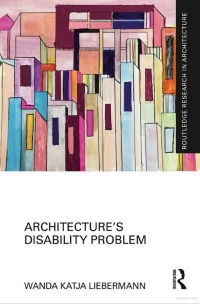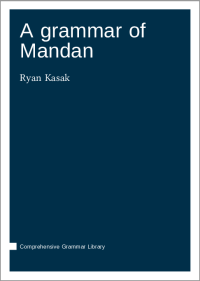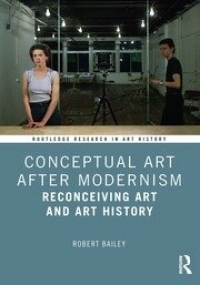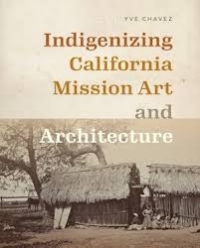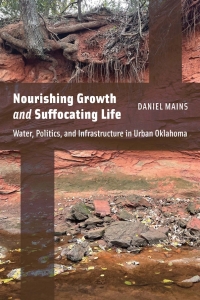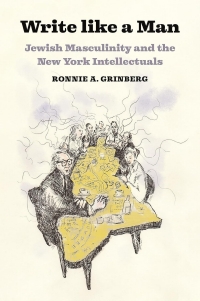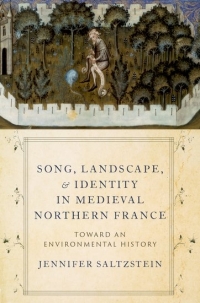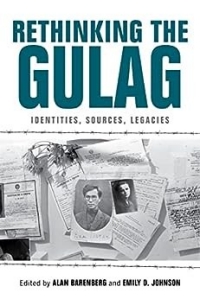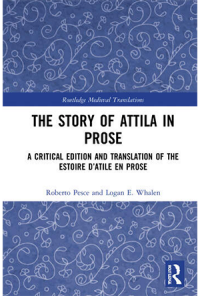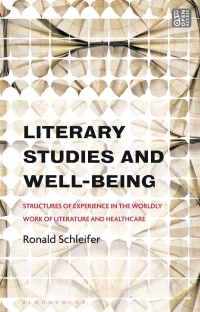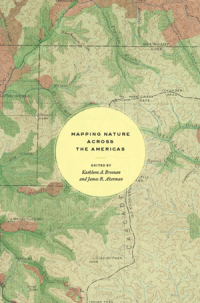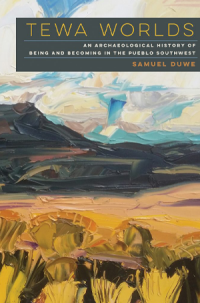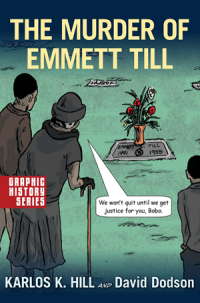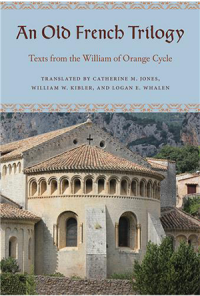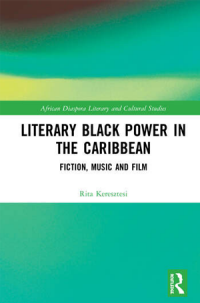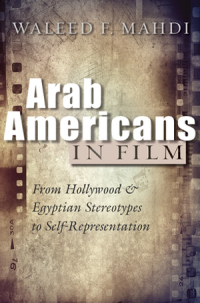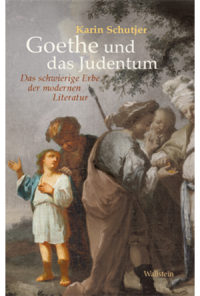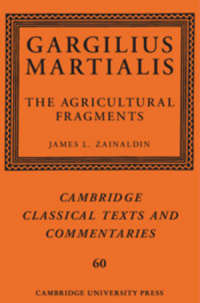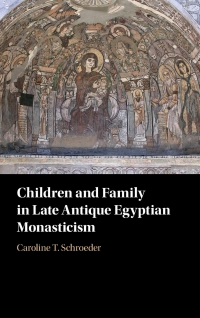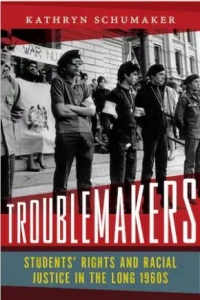Daniel Simon: A Compass on the Navigable Sea: 100 years of World Liteurature
Restless Books
The Night Closes, the Sky Opens is a bold, global anthology of stories that cross borders and essays that reshape worlds, reimagining what international writing can be. From Nobel laureates to dissident poets, iconic novelists to fresh contemporary voices, this collection brings together powerful essays, visionary lectures, and urgent reflections that speak to the heart of literature’s role in a rapidly changing world.
Spanning four dynamic sections—from foundational manifestos to groundbreaking critical takes, from national literatures to transnational identities—this anthology offers readers a vibrant map of how stories cross borders, bridge histories, and shape futures. Alongside works by Octavio Paz, Elie Wiesel, Ngũgĩ wa Thiong’o, Toni Morrison, Dubravka Ugrešić, and many others. Ultimately, this collection bridges genre, time, and location, and asks us: What can literature do in a time of crisis?




